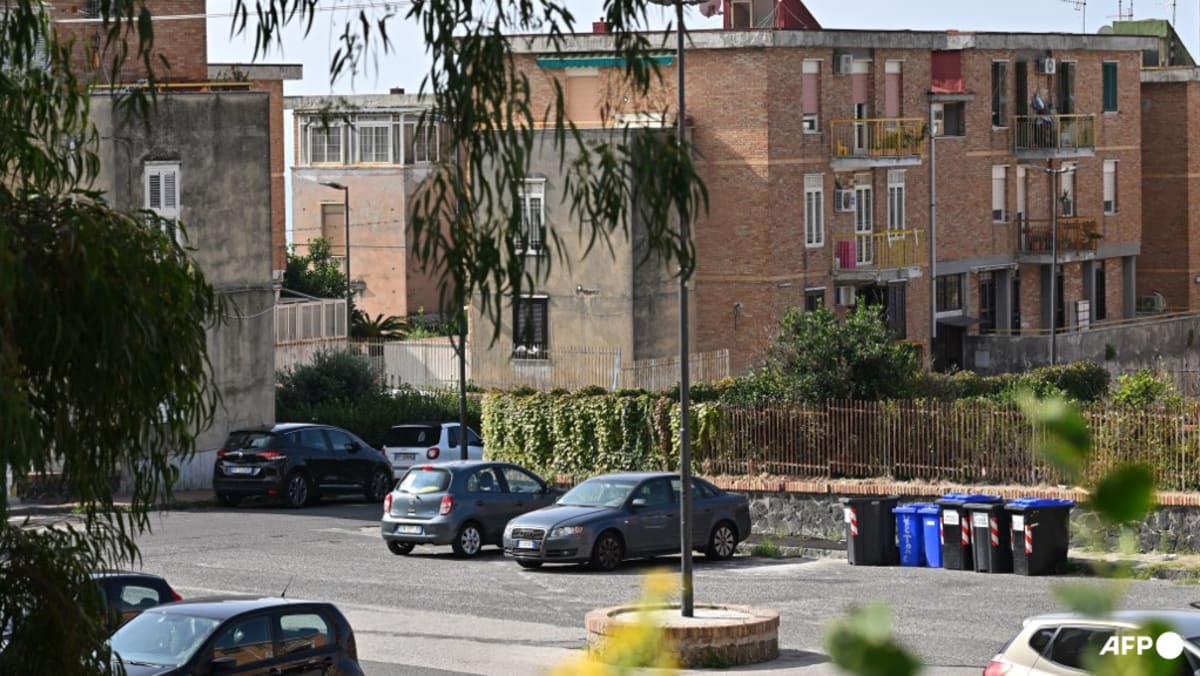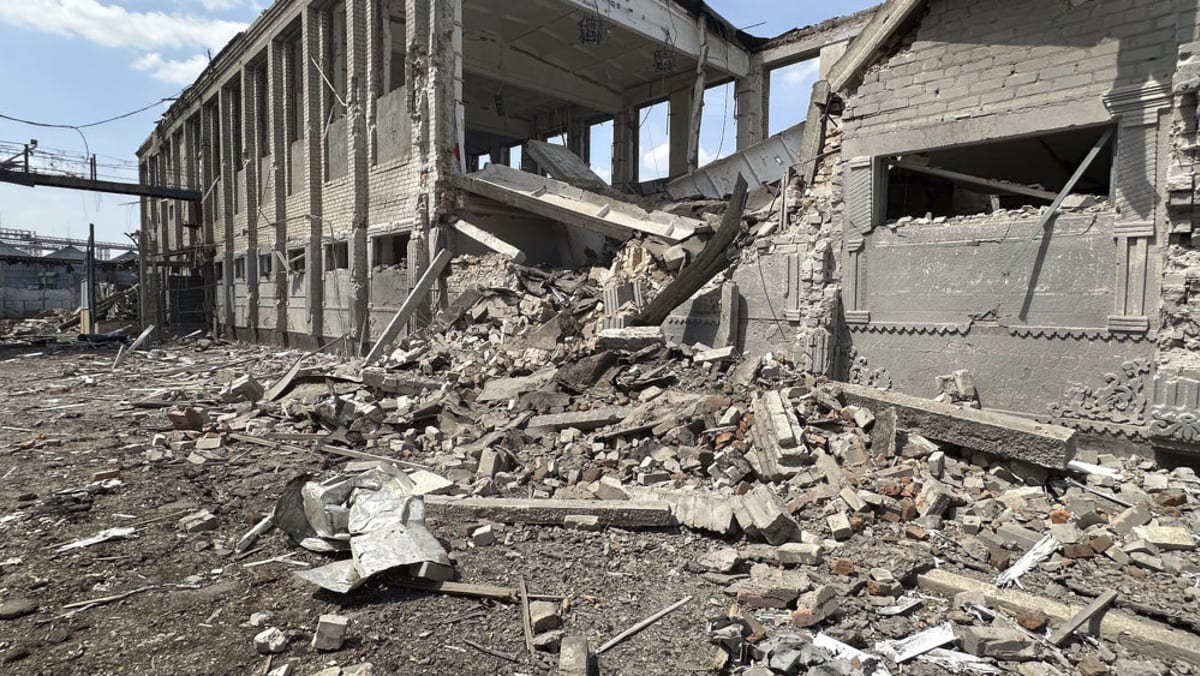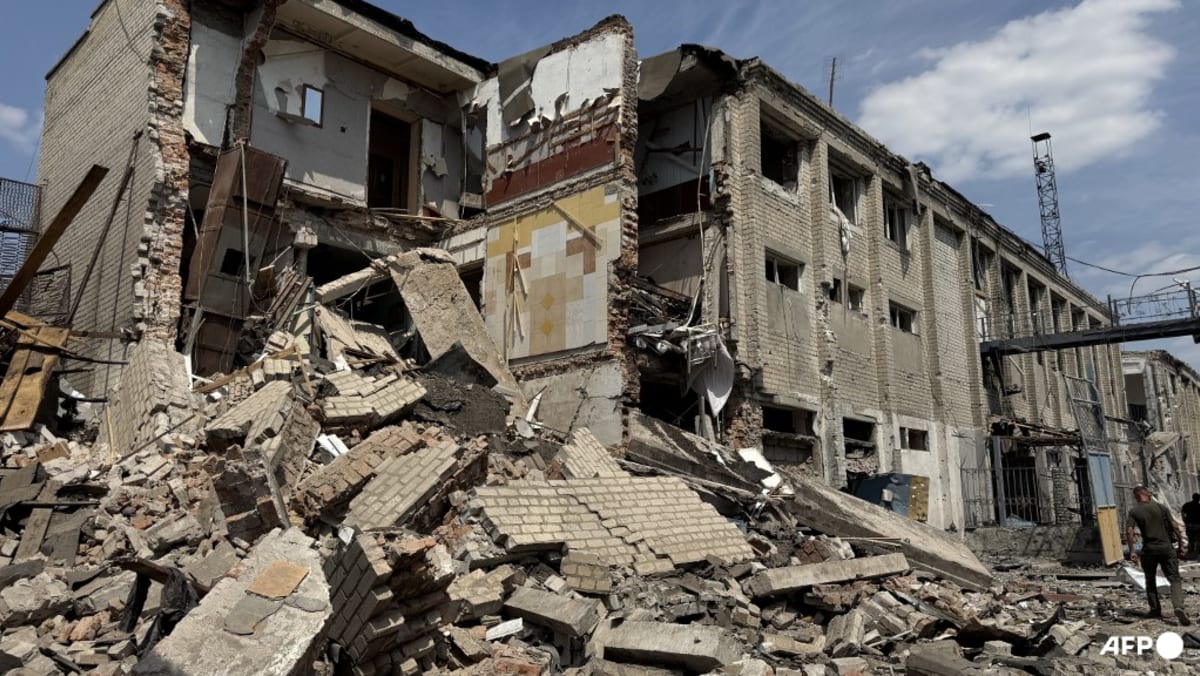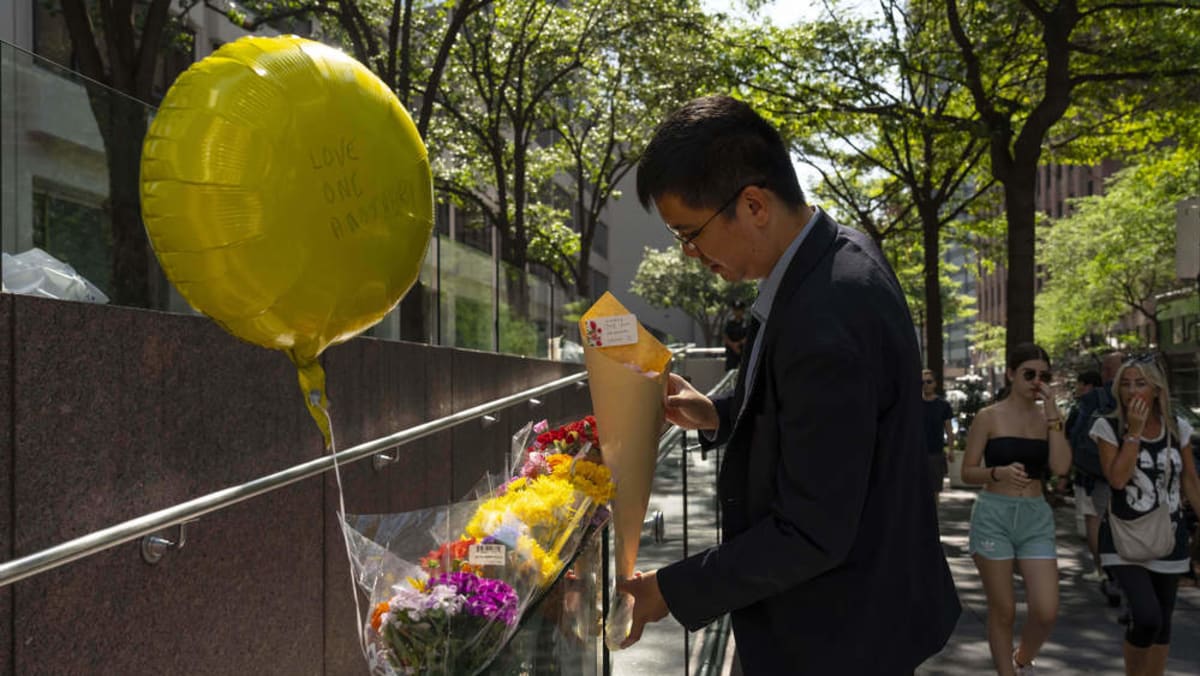ROME: A 4.4 magnitude earthquake struck the volcanic area around Naples as part of a “major” quake swarm on Tuesday, sparking fear but no immediate reports of damage.
The tremor hit the Campi Flegrei (Phlegraean Fields) area in southern Italy at 12.07pm (6.07pm, Singapore time), at a depth of 3km, according to Italy’s National Institute of Geophysics and Volcanology (INGV).
It was preceded by two quakes of 2.1 magnitude, and followed by one of 3.5 magnitude 15 minutes later.
“A major seismic swarm is underway,” wrote Gigi Manzoni, the mayor of the city of Pozzuoli near Naples, on social media.
He said it had “inevitably frightened the population” but urged everyone “to remain calm, to remain in open spaces – this is a time of great anxiety”.
He said he had deployed local police to the streets.
There were no immediate reports of damage or injuries.
The city’s cable car services were suspended briefly as a precaution, Naples’ transport company said, but it denied earlier media reports that the metro had also closed.
Firefighters said they were carrying out checks on the stability of buildings.
Seismic activity is nothing new in the area, which is Europe’s largest active caldera – the hollow left after a volcanic eruption.
It stretches from the outskirts of Naples into the sea, measuring some 12 by 15km.
Many of the 500,000 inhabitants living in the danger zone have been spooked by larger-than-usual quakes in the past year.
A 4.4 magnitude quake on Mar 13 caused several light injuries and damage to some buildings, 10 months after another similar tremor in May 2024 – which was the biggest for 40 years.
“We continue to monitor (the situation) minute by minute, but we must avoid alarmism – the data does not indicate worrying developments,” INGV director Mauro Di Vito told the AGI news agency.
The volcanic eruption of Campi Flegrei 40,000 years ago was the most powerful in the Mediterranean.
A resurgence of seismic activity in the early 1980s led to a mass evacuation which temporarily reduced Pozzuoli to a ghost town.
Specialists, however, say a full-blown eruption in the near future remains unlikely.














